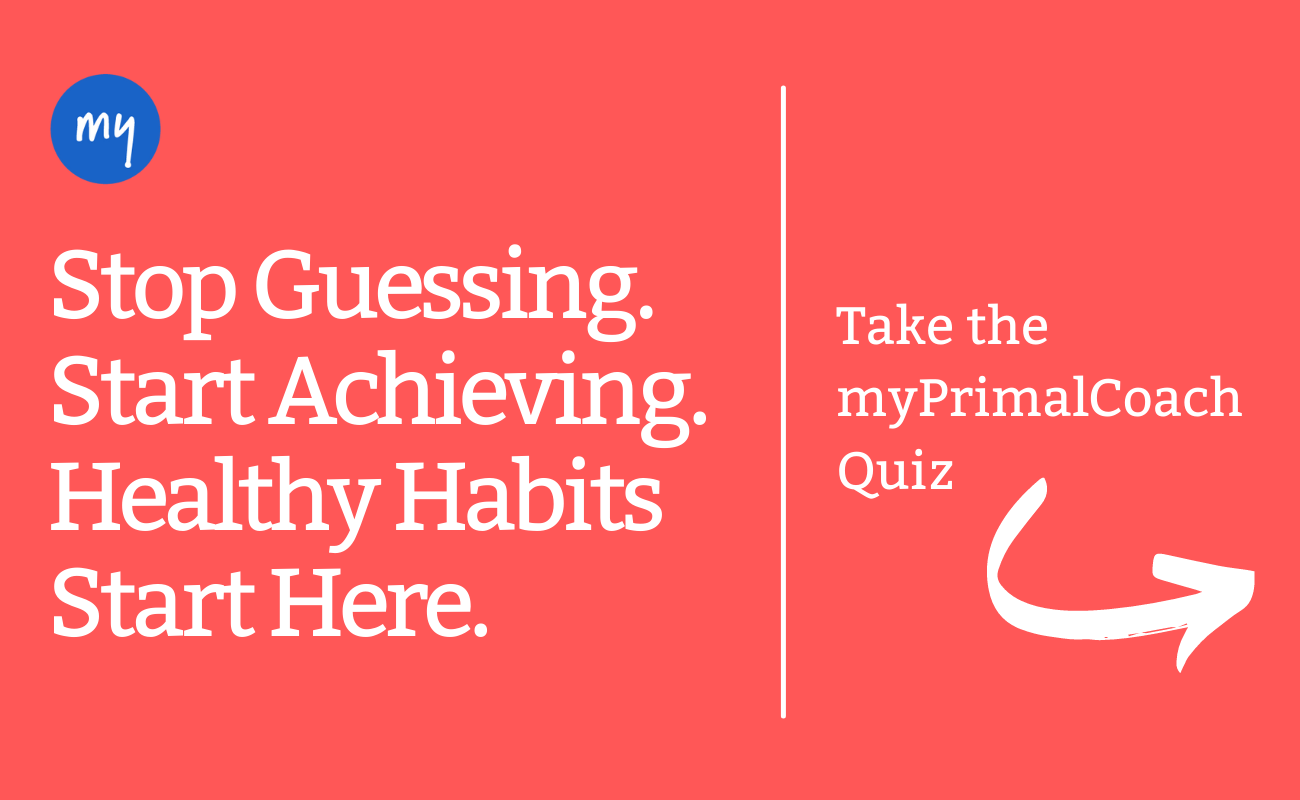Did you know one of the most natural and accessible activities can also be one of the most effective tools for weight loss? In our increasingly sedentary world, it's easy to overlook the value of something as straightforward as walking. Yet, a structured walking for weight loss plan can help you burn fat, improve your mood, and lay the foundation for your weight-loss efforts and a healthier lifestyle.

Follow our walking for weight loss plan and you're sure to shed pounds and burn fat.
In this post we’ll share our step-by-step walking for weight loss plan. But first, let’s explore the science behind why walking is such a powerful and sustainable fitness tool to support weight loss.
Why Is Walking So Healthy?
Walking is a fundamental human movement. It’s deeply ingrained in our body’s design. Our bodies are engineered to move on two feet. Walking is a natural, innate rhythm that engages numerous muscle groups and supports vital bodily functions. Embracing our upright ability isn't just about getting from one place to another. It's about tapping into a primal activity that is the basis of our health and well-being.
Anyone Can Do It
One of the most appealing aspects of walking for weight loss is its accessibility. A pair of comfortable shoes is a pretty low barrier to entry. Some may argue that even shoes aren’t needed!
Unlike other forms of exercise that require specialized equipment, an expensive gym membership, or specific training or skill set, walking only requires a willingness to step outside. You can walk around your neighborhood, in a park, along a trail, or on a treadmill. You can even join a walking group or hire a certified personal trainer for extra motivation.
This ease of access makes walking an inclusive activity suitable for individuals of all ages, fitness levels, and socioeconomic backgrounds.
Walking Is Good for Your Mental Health
Beyond the physical benefits, walking plays a significant role in our emotional mental health as well. The natural motion, rhythm, and connection with your surroundings can be incredibly stress-reducing.
Research, including a 2024 meta-analysis of 75 studies, indicates that a walking session can:
- Elevate mood.
- Lift symptoms of anxiety and depression.
- Boost overall feelings of well-being.
This positive impact on our mental state can also indirectly support weight loss by reducing stress-related eating and increasing motivation to stick with a healthy lifestyle.
Walking Is a Stepping Stone to Other Healthy Pursuits
For individuals who are new to fitness or returning after a break or injury, walking offers a gentle way to build cardiovascular fitness, heart health, muscle, and endurance.
As your comfort and stamina increase, walking can lead to activities like jogging, running, or hiking.
Walking serves as a stepping stone towards a more active lifestyle.
Walking Is Low-Impact
The beauty of walking lies in its long-term sustainability. Its low-impact nature minimizes the risk of injury and makes it an exercise habit that can be easily maintained throughout life well into old age.
Fad diets or intense workout routines lead to burnout. On the other hand, walking can be seamlessly integrated into your daily routine, and can become a consistent and enjoyable part of a healthy lifestyle.
Its inherent sustainability makes walking for weight loss a foundation for achieving and maintaining long-term weight management and overall health and wellness.
Key Factors Behind Walking for Fat Loss
Walking is a simple activity. When performed consistently, it triggers a cascade of processes that contribute to fat loss. The most fundamental of these is burning calories.
Every step you take requires energy, and the more you walk, the more calories you burn. This contributes to a calorie deficit, which is simply burning more calories than you consume. A calorie deficit is the cornerstone of reducing body mass.
The amount of calories burned during a walk is influenced by several factors, including:
- Body weight: Heavier individuals burn more calories.
- Walking speed: Brisk walking burns more than a leisurely stroll.
- Incline: Walking uphill requires significantly more calories.
Fat Oxidation
Walking encourages fat oxidation. This means your body will start to tap into stored fat for fuel. During lower-intensity activities, a higher percentage of the calories burned comes from fat compared to carbohydrates. While higher-intensity workouts might burn more total calories in a shorter time, sustained brisk walking allows your body to efficiently use fat as an energy source over a longer duration.
Metabolism Boost
Regular walking impacts your metabolism. While walking might not build muscle mass like weight training, strength training, or resistance training, it does engage your muscles.
Even a slight increase in lean muscle tissue can lead to a higher resting metabolic rate, which is the number of calories your body burns at rest. This means you'll burn more calories throughout the day, even when you're not walking.
Hormonal Changes
Walking influences hormones related to appetite and fat storage. Regular physical activity, including walking, can help regulate cortisol and insulin. Cortisol is a hormone linked to increased appetite and fat storage.
Insulin is a hormone that plays a role in blood sugar control and fat storage. By promoting more balanced hormones, walking can indirectly support weight loss and management by reducing cravings and improving your body's ability to use stored fat.
The Afterburn Effect
Walking contributes to a phenomenon known as EPOC (Excess Post-exercise Oxygen Consumption). This effect is commonly known as the "afterburn effect." It refers to the elevated rate at which your body continues to burn calories even after you've finished exercising. While the EPOC from walking is less pronounced than that from intense workouts (like high-intensity interval training (HIIT)), it still contributes to calorie expenditure and fat loss over time.
Ultimately, walking for weight loss is a multi-pronged process. It's not just about the immediate calories burned during your walk, but also about the metabolic changes, hormonal benefits, and the cumulative effect of engaging in a consistent, moderate-intensity activity.
Your Walking for Weight Loss Plan
We've explored how walking is one of the best ways to burn fat, now it's time to discuss how to do it!
A weekly schedule that includes daily walks of varying lengths and intensities will lay the groundwork for your cardio routine. Don't forget to include rest days as they are just as important as your exercising days.
Weekly Walking Schedule
Below is our weekly walking program to get you started. You can use a fitness app to track your steps for extra intel into your progress. Remember, consistency is key, so aim to stick to this walking for weight loss plan as closely as possible while listening to your body:
Monday
- 30-minute brisk walk.
- Focus on maintaining a pace where you can talk but are slightly out of breath.
Tuesday
- Rest or light stretching.
- Press pause on your step goal and allow your muscles to recover. Gentle stretching can improve flexibility and prevent injury.
Wednesday
- A longer walk (40+ minutes).
- Find a moderate hill and incorporate uphill repeats.
- Walk briskly uphill, then walk down at a comfortable pace. Repeat this cycle three to five times.
- The uphill portions significantly increase intensity and calorie burn.
Thursday
- 30-minute moderately paced walk.
- Engage in a comfortable walk where you can easily hold a conversation. This helps build endurance and maintain your activity levels.
Friday
- Rest or light activity.
- Consider an activity like yoga, cycling, or a short, gentle walk.
Saturday
- 60-minute longer, steady-paced walk.
- A longer duration helps burn a substantial number of calories and helps improve cardiovascular health. Keep a consistent, moderate pace.
Sunday
- 30-minute brisk walk with short jogging intervals (if you’re up for it).
- There's the options to incorporate short bursts of jogging or faster walking of about 30 seconds to one minute within your brisk walk.
- Follow this with recovery walking of about two minutes at a moderate pace.
- The intervals can further boost calorie burn and improve cardiovascular fitness.
How to Personalize Your Walking Plan
If you've never used a walking plan before, our walking regimen can be used as a starting point. As your fitness level improves, you’ll be able to build your capacity by increasing the following parameters:
- Duration of your walks by five to ten minutes each week.
- Intensity of your walks by, picking up the pace, tackling steeper hills or increasing the number or length of jogging intervals.
- Frequency of your walks, by adding an extra walking day in to your week.
Remember to progress gradually to avoid injuries and burnout.
This walking plan should be used as a guide only. It's important to personalize it to fit your current fitness level, schedule, and specific weight loss goals.
If you're new to exercising, start with shorter durations and fewer walking days. If you're already quite active, you might be able to start with a higher intensity or longer duration.
Listen to your body and adjust the above plan as needed. Consistency and finding a routine you enjoy are more important than following this, or any, schedule to a T.
Summary
Here we’ve shared our proven walking for weight loss plan. We've discussed how walking is a simple, powerful and accessible form of exercise, and how it’s a fundamental human movement that comes with numerous benefits beyond burning calories.
Walking is a primal movement that improves mental well-being, supports metabolic health, and serves as a launchpad for more intense exercise. The best part? No special walking shoes or advanced fitness conditioning is needed!
By following a structured walking for weight loss plan (like the plan we've shared here), you're sure to make walking a regular part of your lifestyle.
It's not just about shedding pounds. It's about creating a sustainable, enjoyable lifestyle that supports your long-term health goals.
When considering a new exercise plan, it's beneficial to consult the activity guidelines from reputable sources. These include:
- American Council on Exercise
- Centers for Disease Control and Prevention
- Women's Health
- Scientific findings often published by the National Institutes of Health
If you’re looking for support in customizing your walking for weight loss plan, a myPrimalCoach can help you tailor it to your lifestyle, specific goals, and current fitness level. A coach is a key player in upping your step count, mapping out a walking plan and fitness program, and ultimately achieving optimal health.

